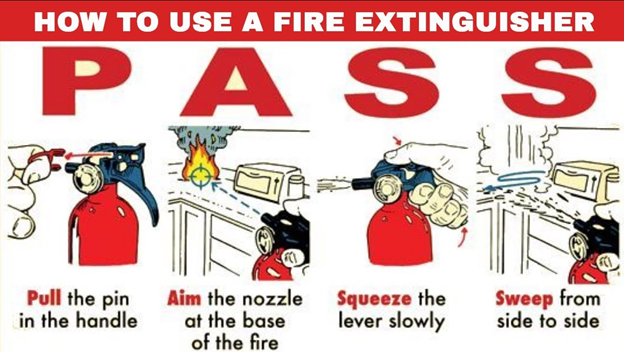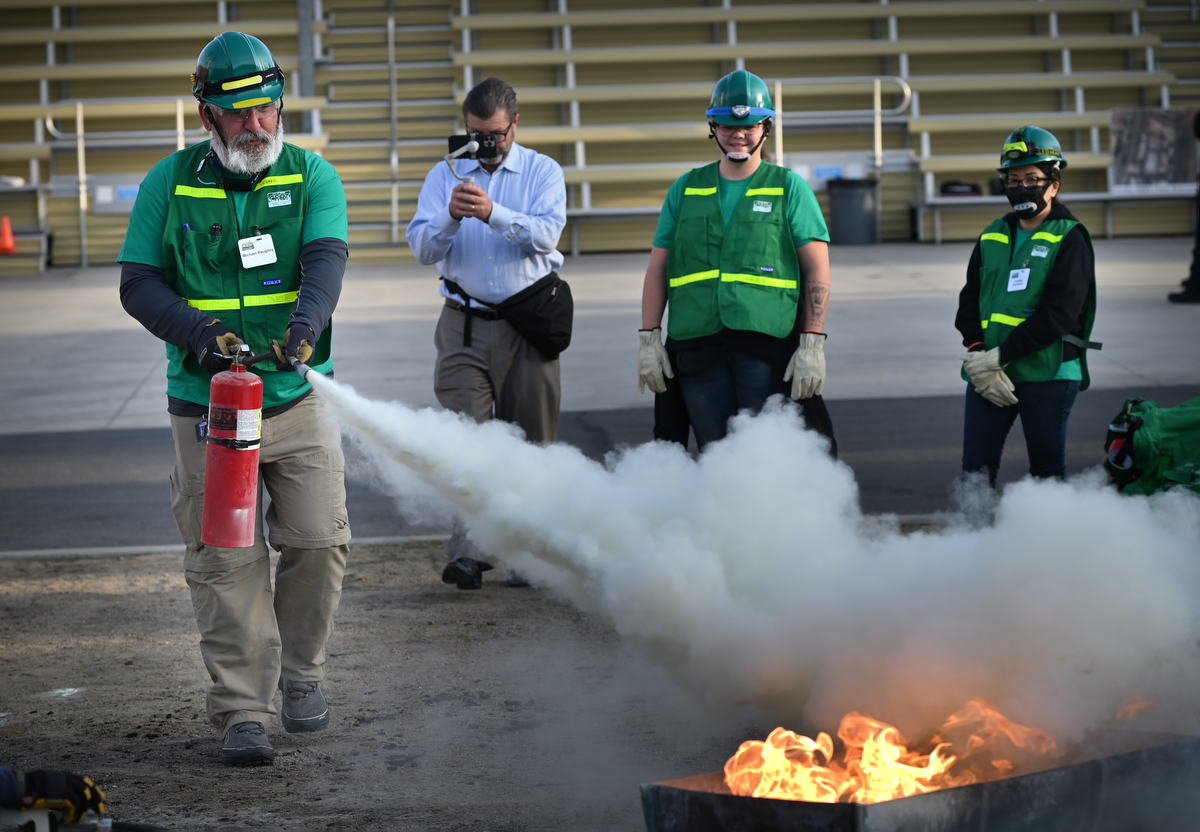Fire Extinguisher Safety Tips: Are You Prepared for an Emergency?
Fire emergencies can happen anytime, and having the right portable fire extinguisher is essential for a quick and effective response. Different types of fires require specific extinguishing agents—such as Class A fires, which involve common combustibles like wood and paper. A wet chemical extinguisher is specially designed to combat these and other fire types by cooling the flames and preventing re-ignition.
Choosing the Right Fire Extinguisher
In this blog, we’ll explore the different fire extinguisher classes and their applications. Whether for home, business, or industrial use, understanding how to select and operate these crucial safety tools can make all the difference in an emergency. We’ll provide practical safety tips and highlight the effectiveness of various extinguishing agents—empowering you to protect your family, employees, and property.
Getting Started with Portable Fire Extinguishers
Before diving into the types of extinguishers, it’s important to recognize their role in fire safety. Fires are classified based on the materials involved—ordinary combustibles, flammable liquids, and electrical sources each require specific extinguisher types. Understanding these differences ensures you’re prepared to communicate with fire safety professionals and select the most effective extinguisher for your environment.
Understanding Fire Extinguisher Types and Classes
Fire extinguishers are categorized based on the types of fires they are designed to combat:
- Class A: Ordinary materials like wood, paper, and fabric
- Class B: Flammable liquids such as gasoline, oil, and grease
- Class C: Electrical fires from wiring, appliances, and circuits
Beyond standard stored-pressure units, cartridge-operated extinguishers are commonly used in industrial settings due to their durability and high-usage capability. Matching the extinguisher to the fire risks in your space—such as using flammable liquid extinguishers in kitchens and garages—ensures maximum safety.
Fire Extinguisher Safety Tips
To ensure your fire extinguishers are always ready for use, follow these key safety practices:
✅ Routine Maintenance & Inspection – Regularly check for physical damage, corrosion, leaks, and ensure the pressure gauge is fully charged.
✅ Proper Placement & Accessibility – Keep extinguishers in easily reachable locations, especially in high-risk areas like kitchens, garages, and workplaces.
✅ Use the PASS Technique:
- Pull the pin
- Aim low at the base of the fire
- Squeeze the handle
- Sweep from side to side
Be Prepared, Stay Safe
Educating your household members or employees on proper fire extinguisher use is essential. Conduct regular fire safety drills and training to prevent panic and ensure the correct handling of different fire types. Being prepared can mean the difference between containing a fire quickly and facing widespread damage. 🔥 Stay informed, stay safe, and make fire preparedness a priority! 🔥
Using a Fire Extinguisher: A Step-by-Step Guide
Knowing how to operate a fire extinguisher is essential for responding effectively in an emergency. Follow the PASS technique:
- Pull the pin
- Aim at the base of the fire
- Squeeze the lever slowly
- Sweep from side to side

Assessing the Situation
Before using a fire extinguisher, evaluate whether it is safe to attempt to put out the fire yourself. If the fire involves energized electrical equipment, be sure to use a non-conductive extinguishing agent to avoid the risk of electrical shock.
The Importance of Practice
Confidence and efficiency come with practice. Regular training and fire drills ensure that individuals know how to respond quickly and use an extinguisher effectively—maximizing safety for themselves and those around them.
Looking for expert advice? We’re here to help, contact us today.


No responses yet